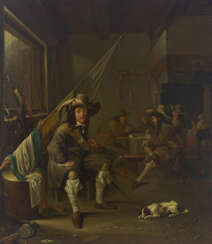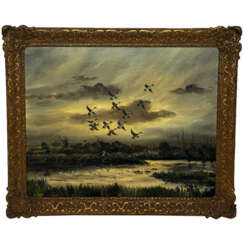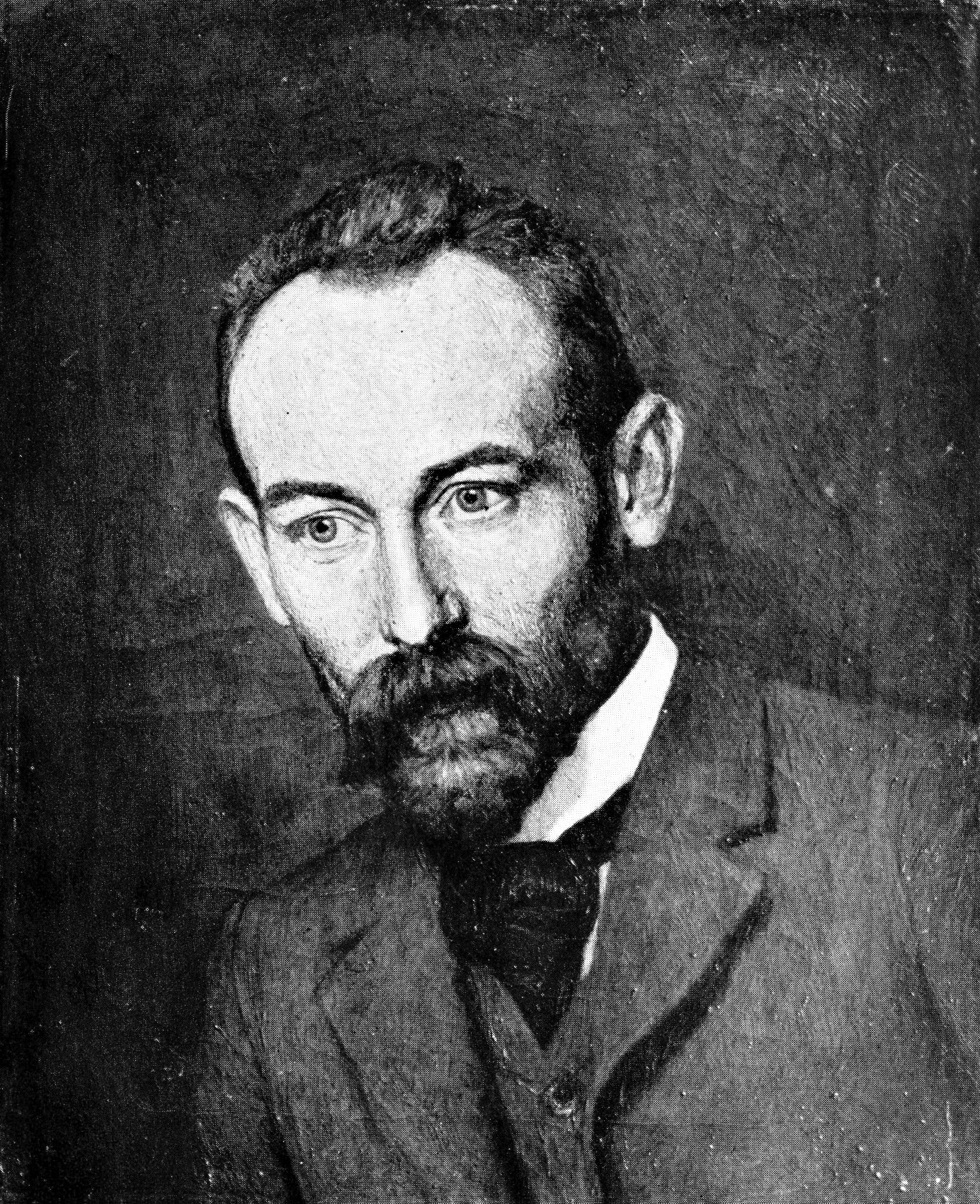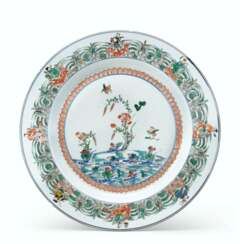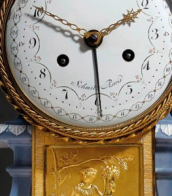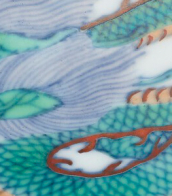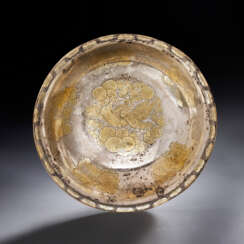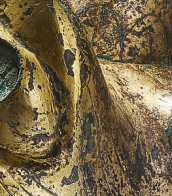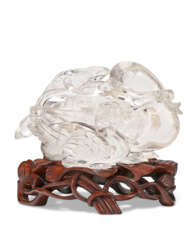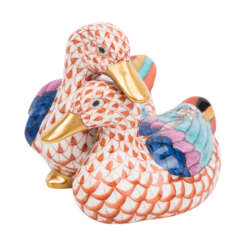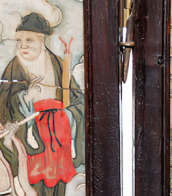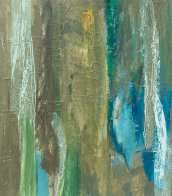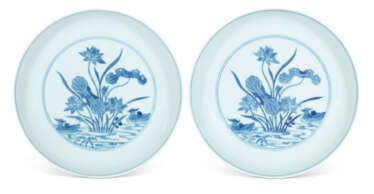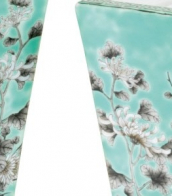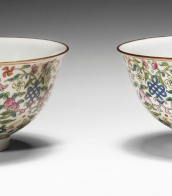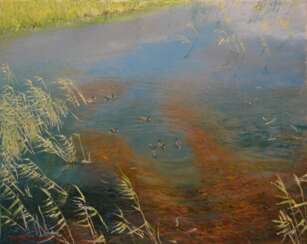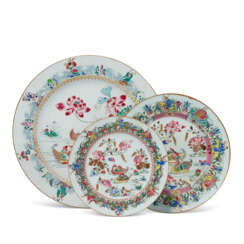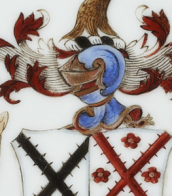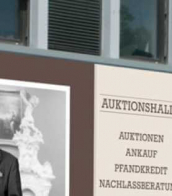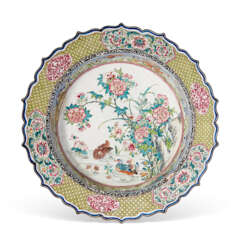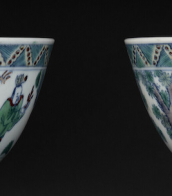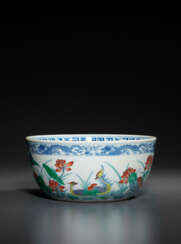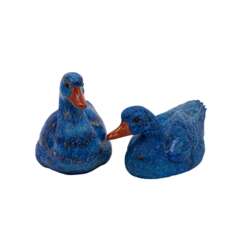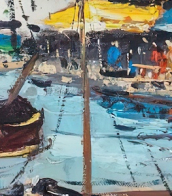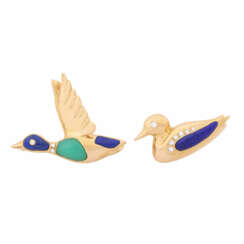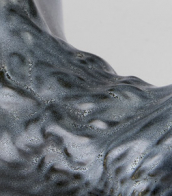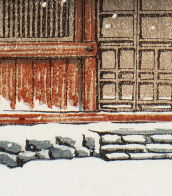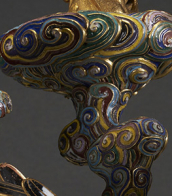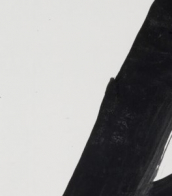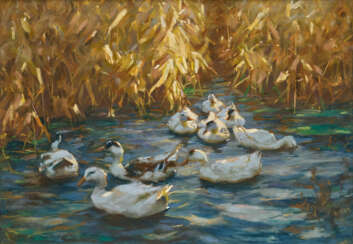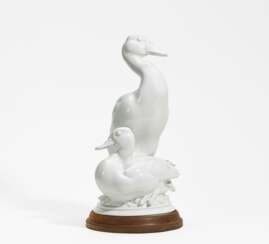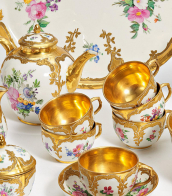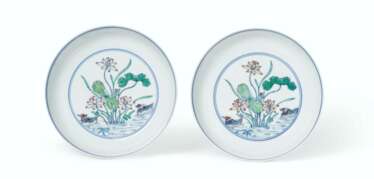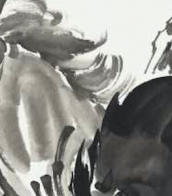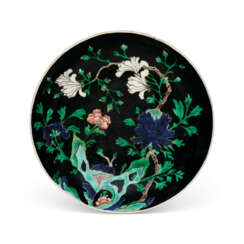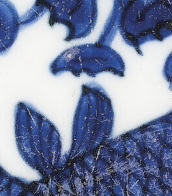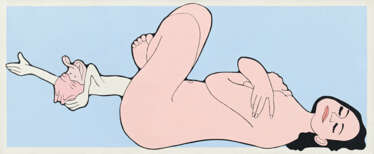ducks
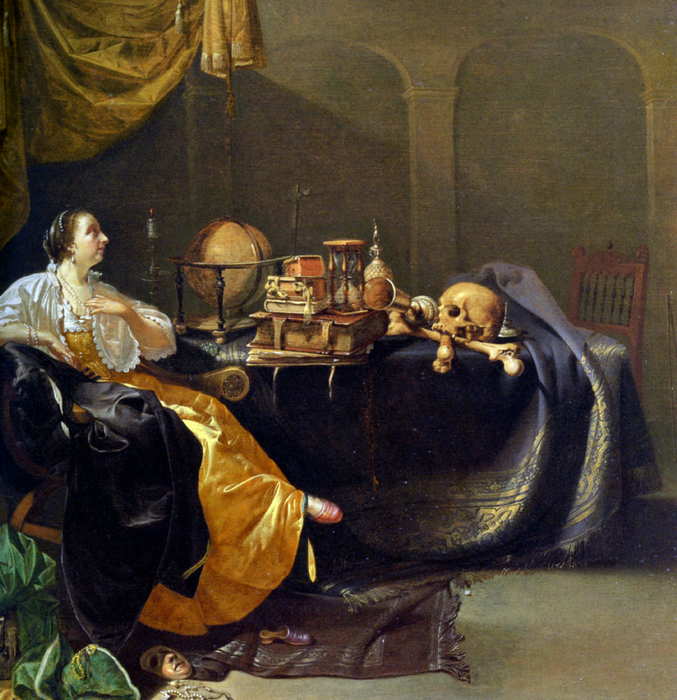
Jacob Duck was a Dutch artist, celebrated for his etchings and paintings that vividly capture the essence of daily life, military scenes, and figures during the Dutch Golden Age. Born around 1600 in Utrecht, Jacob Duck initially trained as a goldsmith before turning his focus to painting, under the guidance of Joost Cornelisz Droochsloot. His journey took him from Utrecht to Haarlem and finally to The Hague, showcasing his adaptability and the breadth of his work across different Dutch cities.
Jacob Duck's artistry is distinguished by its intimate portrayal of soldiers and everyday scenes, marked by a keen observation of social interactions and the human condition. His works, housed in prestigious museums like the Hermitage Museum, underscore his significant contribution to art and culture, bridging the gap between the personal and the universal in the 17th century Dutch society.
One of his notable works, "A Couple in an Interior with a Fortune-Teller," housed at The Metropolitan Museum of Art, exemplifies Duck's unique approach to narrative in art. This painting diverges from the era's typical jovial depictions of fortune-tellers by presenting a scene charged with a palpable tension, reflecting Jacob Duck's ability to infuse his works with depth and complexity. The painting's intricate details and the backstory of its subjects further illuminate Duck's skill in blending storytelling with visual artistry, making him a pivotal figure in Dutch painting.
For collectors and art experts, Jacob Duck's oeuvre offers a fascinating glimpse into the Dutch Golden Age's socio-cultural landscape, characterized by a meticulous attention to detail and a profound understanding of human emotions. His legacy continues to captivate and inspire, underscoring the enduring relevance of his work in the realms of art and history.
To stay informed about new discoveries, sales, and auction events related to Jacob Duck's works, consider signing up for updates. This subscription service is designed exclusively for enthusiasts eager to deepen their appreciation of Duck's artistry, ensuring you're always in the know about opportunities to engage with his timeless creations.
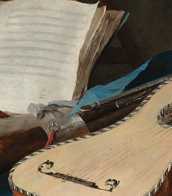
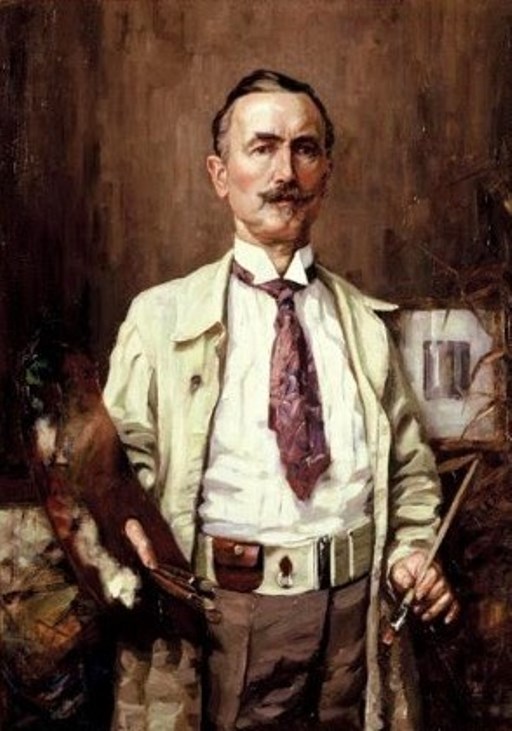
Alexander Max Koester was a German painter. He depicted coastal landscapes and still lifes with flowers. After the artist first presented one of his landscapes with a family of ducks in Berlin in 1899, he earned the nickname "Duck Koester." The "duck" paintings were extremely popular with art lovers.
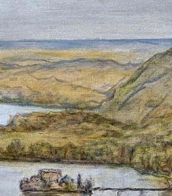






Alexander Max Koester was a German painter. He depicted coastal landscapes and still lifes with flowers. After the artist first presented one of his landscapes with a family of ducks in Berlin in 1899, he earned the nickname "Duck Koester." The "duck" paintings were extremely popular with art lovers.
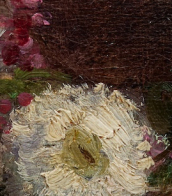
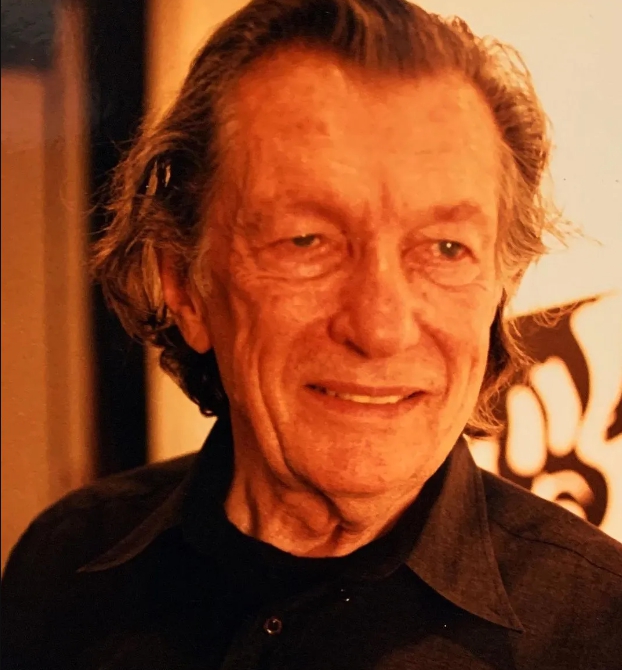
John Wesley was an American painter, known for idiosyncratic figurative works of eros and humor, rendered in a precise, hard-edged, deadpan style. Wesley's art largely remained true to artistic premises that he established in the 1960s: a comic-strip style of flat shapes, delicate black outline, a limited matte palette of saturated colors, and elegant, pared-down compositions. His characteristic subjects included cavorting nymphs, nudes, infants and animals, pastoral and historical scenes, and 1950s comic strip characters in humorously blasphemous, ambiguous scenarios of forbidden desire, rage or despair.

